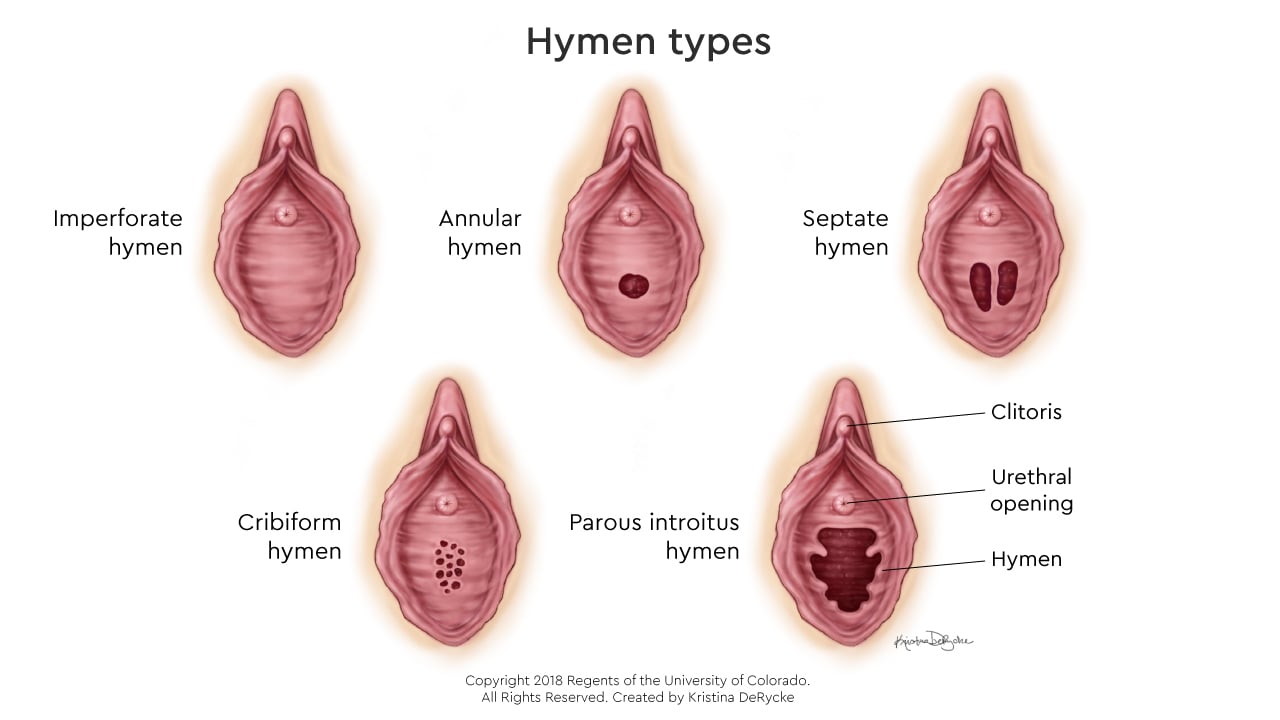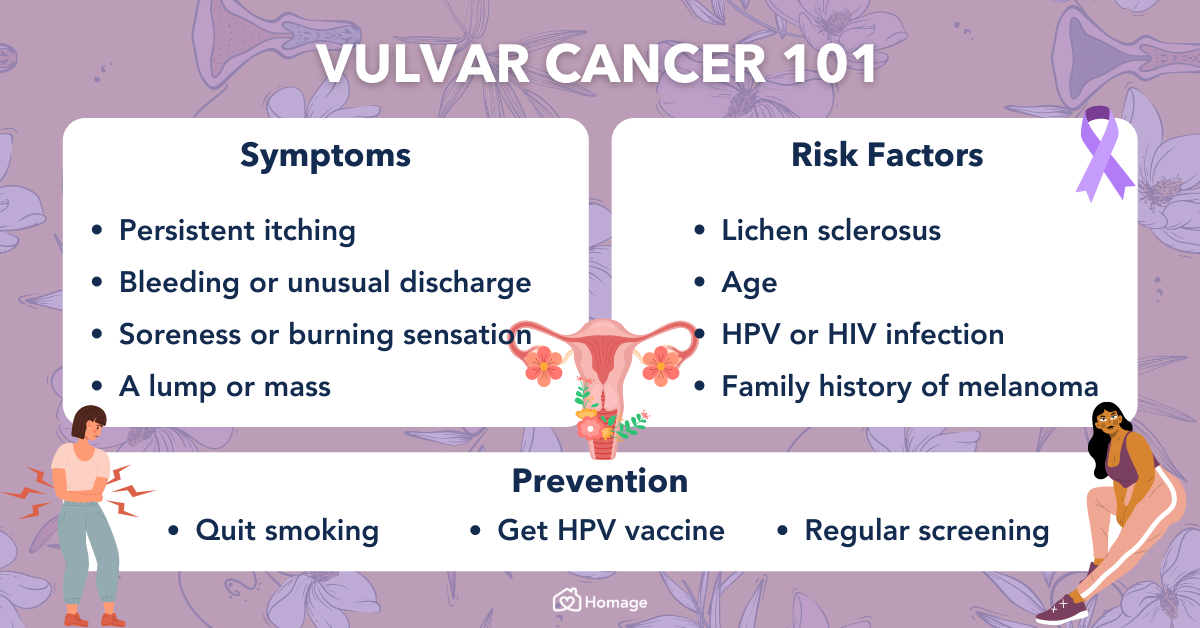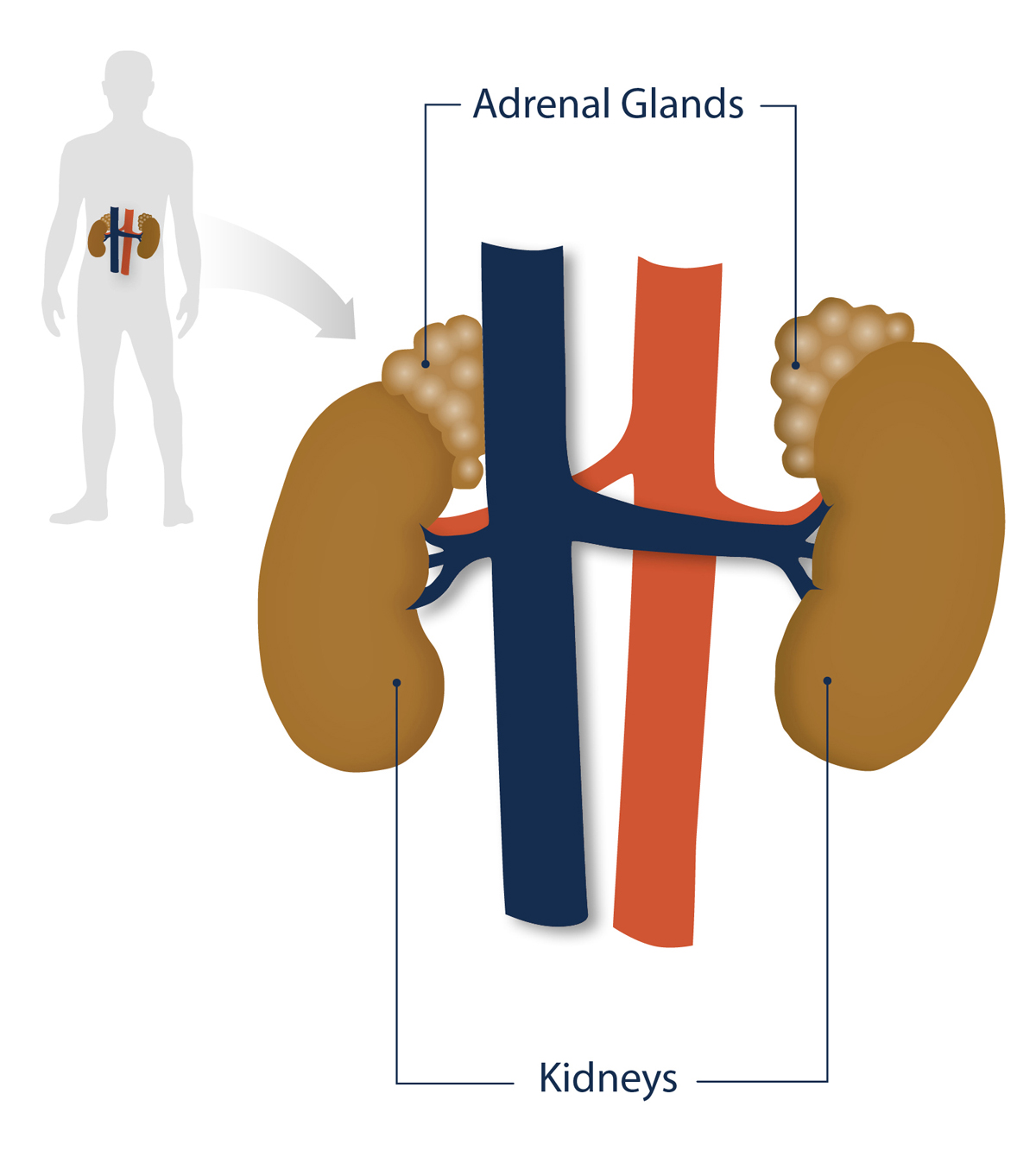– Regular pelvic examinations are important for women aged 21 and over.
– A Pap smear is a test to detect cervical cancer or abnormal cells.
– Cervical cells become abnormal before turning into cancer, providing an opportunity for early detection.
– The cervix is the lower part of the uterus that opens into the vagina.
– During a Pap smear, cells are gently scraped from the cervix and sent to a lab for examination.
– Abnormal Pap smear results may require further testing, such as a colposcopy.
– Testing for HPV infection, the virus that can cause cervical cancer, may also be necessary.
– If diagnosed with cervical cancer, additional tests will determine the stage and appropriate treatment.
– Treatment options depend on factors such as the stage of cancer, tumor size, age, general health, and desire for future children.
– Treatment can involve surgery, freezing or burning abnormal tissue, radical hysterectomy, radiation, or chemotherapy.
– Pap smears are not 100% accurate, and a small number of cervical cancer cases may be missed.
– Follow-up Pap smears are important for detecting changes in time for treatment.
– Cervical dysplasia is typically diagnosed during a routine pap test.
– Results of the pap test can be normal, inconclusive, or abnormal.
– Inconclusive results do not indicate cervical dysplasia and may require a repeat pap test.
– Abnormal results are known as cervical dysplasia or squamous intraepithelial lesion (SIL).
– Further testing, such as a colposcopy, may be needed to determine the severity of cell changes.
– Biopsies taken during a colposcopy can help identify abnormal areas and are not very uncomfortable.
– Cervical dysplasia found on a biopsy is called cervical intraepithelial neoplasia (CIN).
– CIN is categorized into three levels: CIN I (mild dysplasia), CIN II (moderate to marked dysplasia), and CIN III (severe dysplasia to carcinoma in situ).
– An HPV test can be done at the same time or separately from the pap test to detect the presence and type of HPV.
Continue Reading








